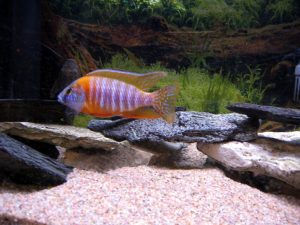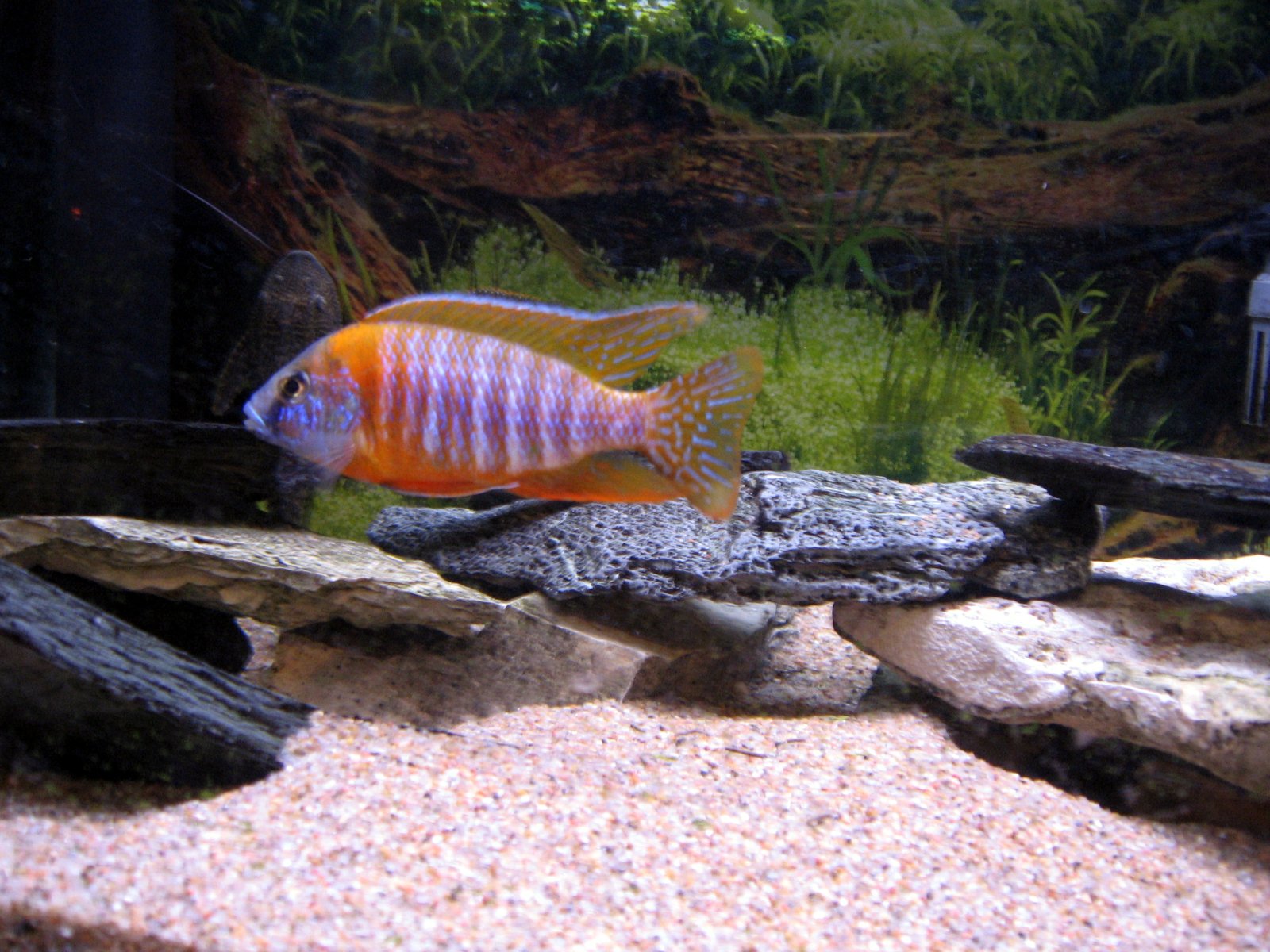First off, deciding if you want Aquarium sand as your tank’s substrate requires taking a several things into account. Aquarium Sand isn’t a the best choice for a planted tank if using rooted plants, it is undesireable too if you’ve an undergravel filter system. Another thing to keep in mind if the tank is made of Acrylic is the extra care that sand requires.
The benefits of Aquarium sand bed typically outweigh many negative aspects. Lot of fish seems to like as the substrate, and some actually require it to feel at ease and for natural spawning behaviour. Tanganyikan featherfins, sandsifters and shelldwellers all significantly benefit from substrate, & it is been noted that some fish use sand to aid in digestion.
 There are quite a several readily available sands that are commonly used for aquariums. They are Silica; Play; Black Beauty (it is actually iron slag, not sand, but is used in most aquariums); Coral Sand; Aragonite (also sold at fish shops and aquatic supply centers); Black Tahitian Moon (another sand available through fish shops & aquatic supply centers).
There are quite a several readily available sands that are commonly used for aquariums. They are Silica; Play; Black Beauty (it is actually iron slag, not sand, but is used in most aquariums); Coral Sand; Aragonite (also sold at fish shops and aquatic supply centers); Black Tahitian Moon (another sand available through fish shops & aquatic supply centers).
Aragonite is a sandy substrate available in several colors and grain sizes, it’s similar to Coral as far as buffering goes, so it’s a good choice if you need help with buffering. It’s quite expensive, so you may want to consider another choice if you have a large tank to fill.
Coral Sand is an off white color, lighter than the previous, and less uniform. It’s a bit rough to the touch but is a good choice if you need to stabilize your PH or improve your buffering capacity. It’s fairly expensive compared to the previous types but less than Aragonite.
Black Beauty is another affordable material used for sand-blasting and is sold at home supply/hardware outlets. It’s not really sand but powdered iron slag. It can be quite sharp so it’s not recommended for fish such as Tanganyikan sandsifters. Furthermore, these very fine particles contain iron, which means they are not inert.
Play sand is also very affordable and is darker and less uniform in grain size & color than Silica Aquarium sand. It contains a fair amount of clay and can be quite dirty compared to Silica sand. As long as you take the time to thoroughly rinse the sand it makes a good substrate.
Silica sand is a lighter tan and is very uniform and fine in grain size. It cleans very easily and provides a nice look , it’s very afffordable and can usually be found for 10 dollars or less per 100 lb. sack.
